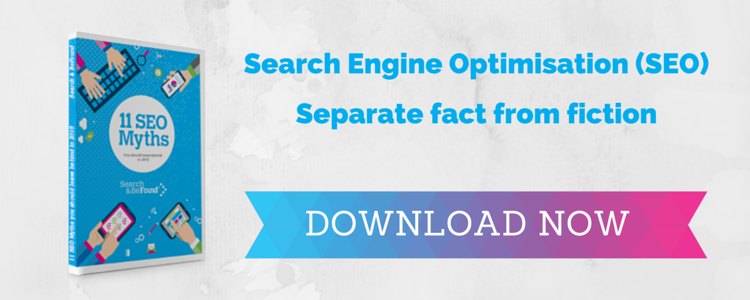
Blame Google.
It punished the only individual on your sales team that never eats, never sleeps and never stops working - your website.
On April 21, 2015, if your website wasn't optimised for mobile devices in online searches, as Google so calmly put it, your website was 'significantly impacted', meaning it is now pushed way back in search results your site may as well be dead.
But, like most business owners, you probably have absolutely no idea if your site is mobile enabled or not. Probably 90% of business owners and marketing directors wouldn' have a clue because, as professionals, you are way too focused on core duties to grow business than to be thinking about being found on Google.
[Click here to learn more about websites and the long list of misunderstandings.]
There is the chance you may be operating one of Australia's many useless websites. And I say this constructively because today there are better ways on how to make a website.
If you want to make a basic check if you have a mobile website design, simply grab a smartphone and see how your site loads. If you notice it gets thrown out of frame, distorted or seems just plain unusable, you have two choices:
- start preparing for a digital funeral
- change things asap
Google itself proclaims that 70% of mobile searchers call a business directly from a Google search, so its action on April 21, 2015 made perfect sense: it raises its own value proposition and hence its share price goes up.
But for your business, why let your number one sales person be part of a mass funeral since that date?
Your website is not just a digital billboard anymore; it is a brilliantly dynamic business tool so central to your SEO you can market globally easily and affordably.
Like most business owners, you might wonder what the digital revolution is all about and how you can leverage it too. Hopefully, this free document may dispel some myths for you.
.png?width=113&name=sbf-logo-powered-by-hubshots-text%20white%20(1).png)
.png?width=320&height=132&name=sbf%20powered%20by%20hubshots%20(1).png)

